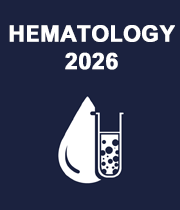Digital Imaging in Hematology
Digital cameras are now commonly used to capture microscopic images of haematological cells. Thanks to technological advancements, the quality of such digital images can now rival that of those seen through a microscope. Haematological cells, such as leukocytes and red blood cells, are classified using digital images and software algorithms in digital imaging/morphology. For a subset of leukocytes, the digital system categorization agrees well with the gold standard, the manual microscope approach. As a result of digital imaging, doing a morphological examination of a peripheral blood smear is faster, more efficient, and more standardised. Other cell types, such as red blood cells and thrombocytes, could be analysed morphologically in the future, as well as digital examination of other materials, such as bone marrow samples. Manufacturers of digital microscopy equipment should conduct independent quality surveys to assure compliance with quality standards. Hematological cancers could be detected sooner and with more sensitivity and specificity if digital imaging and basic cell counter findings are combined.
- Digital Imaging
- Virtual slides



Title : Acute intermittent porphyria: A neurological dilemma obscured by ubiquitous fgastrointestinal presentation
Mayank Anand Singh, Mimer Medical College, India
Title : Comprehensive symptom management and supportive nursing care in a preterm toddler undergoing HSCT for pyruvate kinase deficiency
Tran Thi Dung, Vinmec International Hospital, Vietnam